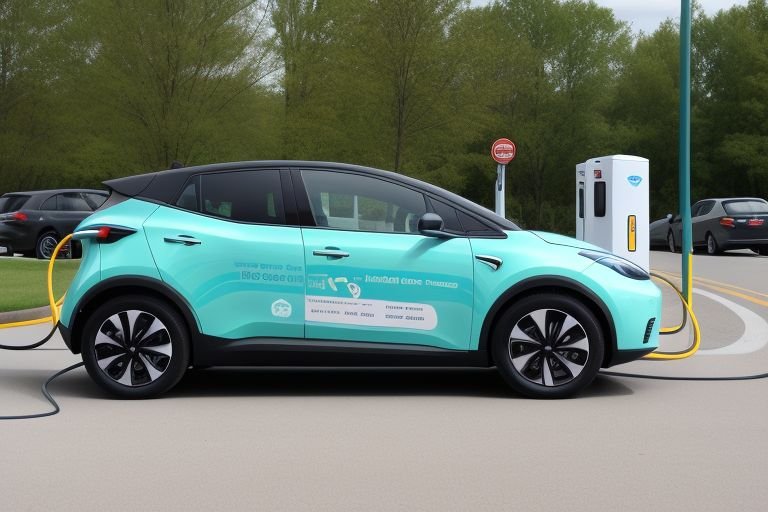
Electric Vehicle Charging Network Expansion Accelerates Across America
America’s charging landscape for electric vehicles (EVs) is fast evolving as the government supports this market and private investors set out on an overdrive for charging networks. This increase is regarded by many as crucial for the expansion of the use of electric automobiles and the elimination of a major hurdle to the purchase of such automobiles — the limited battery range.
The American charge point planning of the Biden administration with the target to install 500,000 charging stations for electric vehicles by 2030 has opened the flood gates for developments in the charging segment. Since the $1 trillion infrastructure law enacted in 2021, the National Electric Vehicle Infrastructure (NEVI) program is offering $5 billion in grants to states planning the EV charging stations on highways.
Governors are now in the process of executing their NEVI-funded plans with most emphasizing the deployment of DC fast chargers along interstate and highways. These fast chargers can charge an EV to 80% battery level in 20-30 minutes hence making long distance trip much more acceptable by EV owners.
Private companies are also investing heavily in charging infrastructure like the companies already surveyed. Big states like ChargePoint, EVgo, and Electrify America are adding new stations, and such auto companies as Tesla, General Motors, as well as Ford are growing their charging infrastructure or finding partners in it.
On February 10, Tesla revealed its intent to open up part of Supercharger stations’ availability to cars of other manufacturers, which could seriously expand the infrastructure available to all electric car owners. The company has already made an attempt toward this with some success in some of the European countries and plans to expand the programme in the United States in the latter half of this year.
Retail and hospitality businesses are now starting to view Fast charging as something of a customer pull strategy. Mega retailers such as Wal Mart, Target and Starbucks are connecting with the charging providers, who are in turn placing stations in their parking areas, so that drivers who are customers or travelers to these shopping areas can find convenient charging locations.
However, some issues are still present in development of all-rounded and effective charging infrastructure. The problem of the lack of charging stations is especially acute in rural areas and small towns where charging infrastructure is far from being developed to the extent necessary to create ‘charging deserts’ which hinder the development of demand for electric cars. Thus, the above concern is central to the emphasis of most NEVI state plans.
Availability and reliability and also maintenance of the already constructed charging stations have also been highlighted. A recent study carried out by the University of California, Berkeley discovered that a quarter of public DC fast chargers in the San Francisco Bay Area were defective. Stakeholders are to increase the reliability of maintenance practices and are still focusing on new charging equipment design.
One of them is the objective to identify a single charging connector, another is the objective on payment systems’ standardization. Despite CCS being the most frequently used standard for fast charging in new EVs in the U.S. (besides Tesla), there are still many different connectors. Further agreements are being made to harmonise the standards to make charging convenient for the consumers.
It is also noted that expansion of the charging network generates new jobs in terms of installation and maintenance of the network, their management, etc. From this report, the Biden administration is hopeful that expansion of the EV infrastructure will lead to up to 500000 new jobs in the US.
This means that even as the number of chargers grow, the where and how they are placed becomes key to their success and adoption. Today, charging providers are employing data analysis to find out the best areas to install more stations and to give real-time information of chargers to the drivers.
The availability and general provision of Ev charging stations symbolizes a major achievement in the path to a green future transport system in the United States. But more investment, advances, and cooperation between the public and the private sectors will be required to achieve a charging network that will meet the levels of electric vehicle demand expected in the following years.


